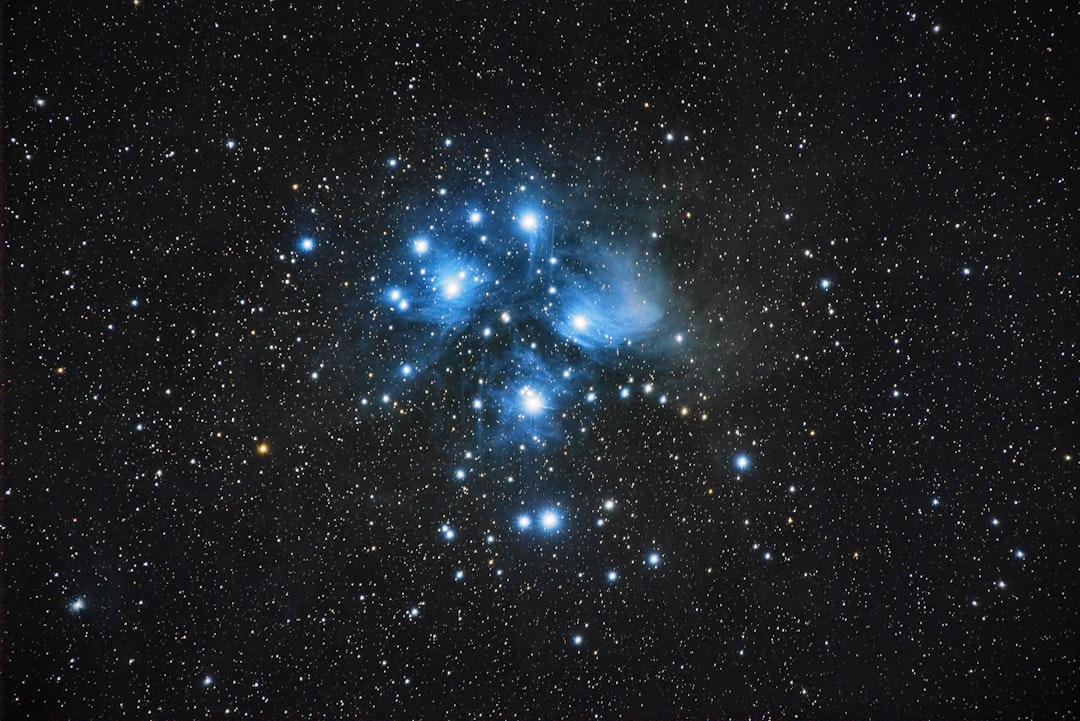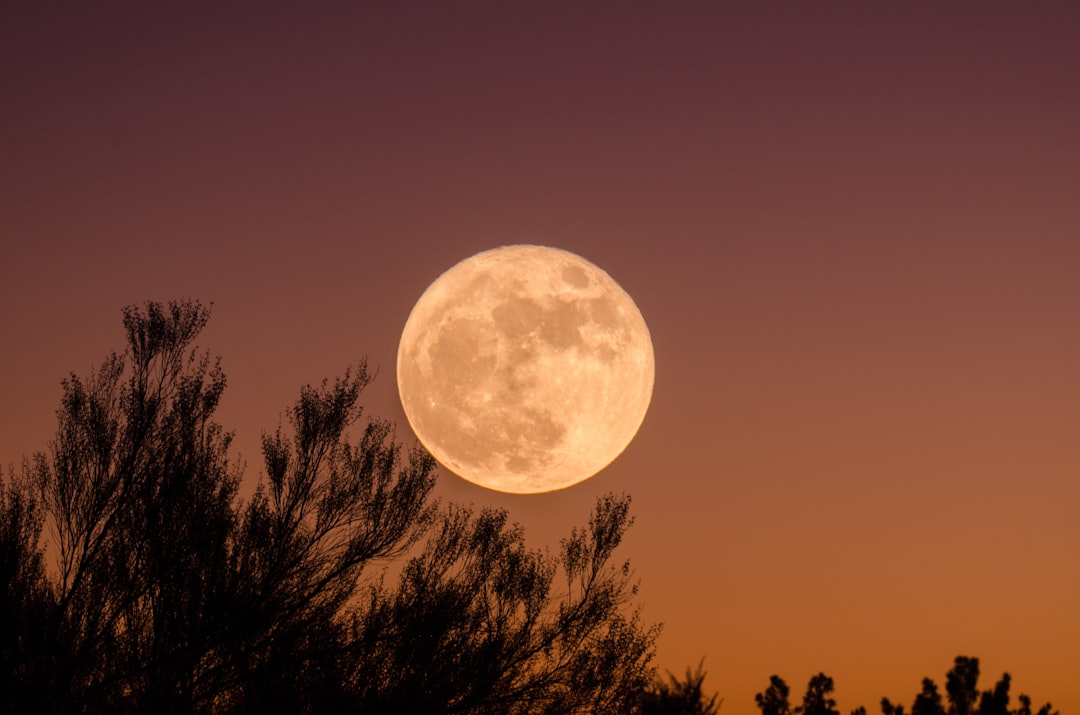All you stargazers out there – this is the month you’ve been waiting for! Springtime is the season of blossoming trees, bleating lambs and new beginnings. We are especially excited about April bringing some special starry events across the night sky.
*These astronomical events are all observed from the Western hemisphere – which is hardly fair as it’s only half the world right? Don't worry, for you I've found a Sky Map to navigate the April night sky from the Southern Hemisphere!
Now for us springtime stargazers – what has April got in store for us?
April 3: Moon & Beehive Cluster // Venus crossing the Pleiades
This Friday night there are two special events taking place overhead.
-
The Moon will be in the constellation of Cancer the “Crab”, near what is known as the Beehive, or Messier 44. If you are in the North West of the United States, you will see the Moon pass just above the heart of this star cluster. If you want to see these stars try looking just beyond the moon – ideally with a pair of binoculars or a telescope! The best time for stargazing will be between midnight and dawn – perfect for a Friday evening.
-
Venus will move through Subaru or “The Hole in the Sky”. Astronomers love naming the elements so this particular star cluster has a host of names. Messier 44 or the Pleiades Star Cluster are more technical. You may also know it as the Seven Sisters. Venus only crosses over this cluster ever 8 years – so this is a particularly special event.
April 4 – Sirius or “The Dog Star” Sparkles
The brightest star in the sky is always sparkling – right? It is true that Sirius or more officially the Alpha Canis Majoris, is the most luminous star in the night sky – 25 times brighter than our Sun! This Saturday, Sirius will be sparkling brighter than ever in the South-West of the Northern Hemisphere. From dusk onward through early April, stargazers in the northern latitudes will be able to soak up a wonderfully shining Dog Star.
April 7 – Apollo Landing Sites in the “Sea of Tranquillity”
As we approach the full Moon this month we may be in store for something very exciting – seeing the regions where the Apollo 11 astronauts landed on the Moon! Even basic and mid-range telescope and binoculars should allow you to pick out the craggy surface of the moon. From the flat Sea of Tranquillity where the rocket landed, to the more rugged regions where the astronauts explored on foot. If we are lucky, there will be illuminated by sunlight making the observation easier.
April 7—8 – Full Pink Moon
This is the full moon we have been waiting for – the Super Pink Moon. The moon will rise on the evening of 7 April and burn brightly all night long. You may even see it cast moon shadows on the ground. I am afraid to disappoint – it will not be bright pink! The April Moon takes this name from the “Phlox” a plant which blossoms pink in April.
The Pink Moon is also known as the Sprouting Grass Moon, the Fish Moon, or the Egg Moon.
How can you make sure not to miss this Super Moon? Moons always rise in the East and set in the West. We should brace ourselves for some spectacular high tides worldwide. This will be one of 3 consecutive Supermoons in 2020. One special year!
Before you start packing your stargazing picnic…here’s some breaking news from the world of Astronomy.
The Black Hole that Ate a Star
Astronomers have long been fascinated by black holes. They are mysterious contradictions of physics as we know it. Until very recently, we had never even seen a black hole. All the understanding of these enigmatic space puzzles came from observing how matter interacted with black holes – and vice versa.
The bigger the black hole, the more we can understand about it. We have found enormous black holes (up to 100 times the mass of the Sun) and black holes almost too big to fathom (over 100,000 times the mass of the Sun). Interesting fact: black holes start out as enormous stars far greater than our own sun then after billions of years burning out they collapse into something smaller than a full stop. Just like the one at the end of this sentence.
To sum up, we know more about small and enormous black holes – but virtually nothing about all the sizes in between. A recent astronomical discovery seems to show that a mid-range black hole “ate” or shredded a star 750 million light years away. The star would have been torn apart by coming to close to the “missing-link” black hole.
Black holes and black matter are utterly fascinating. Worthy of many more blog posts to come so you will have to watch this space!
Meantime, get yourself some decent binoculars or telescope if you can for some serious stargazing this weekend!



